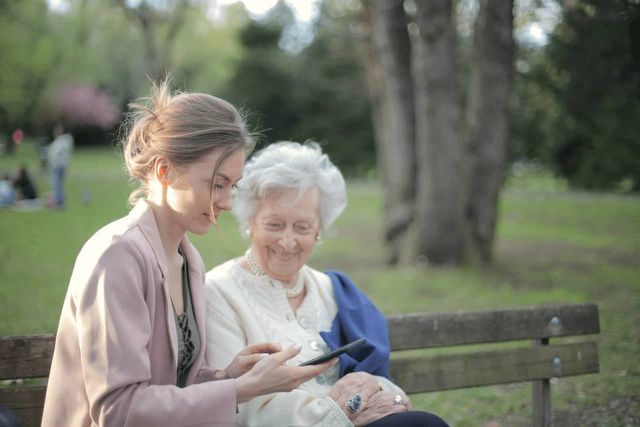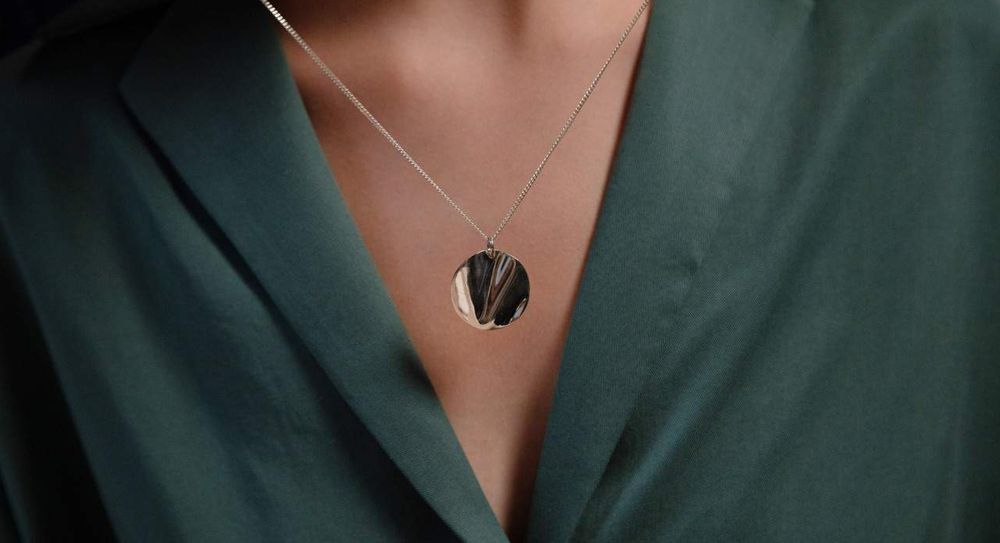A memorial bench can be a wonderful way to remember a loved one who’s died. It can give you a place to reflect. And if it’s placed in a public space like a park, it’s a way to give something back to the community.
Wondering how to organise a memorial bench? Learn how it works and what to do.
What is a memorial bench?
A memorial bench is a bench that’s dedicated to someone who’s passed away. It can have a plaque or engraving in memory of the person. This might feature their name and dates of birth and death. Some even have a short message or quote as a tribute to them.
Memorial bench ideas to help you get started
The first thing you’ll need to think about when getting a memorial bench for someone is where you’d like to put it. Here are some suggestions that might help:
- Local crematorium gardens or graveyard. Many crematoriums and graveyards offer the opportunity to either have a memorial bench put in their grounds or for an existing bench to be dedicated to a loved one.
- Your garden. A lot closer to home, you can go and sit and remember your loved one whenever you like.
- A public park. Perhaps the person who passed away had a favourite spot they visited regularly? Many parks, arboretums and even places like museums or galleries offer the option to have a memorial bench dedicated to a loved one.
- A coastal path. Were they a fan of the coast? Then maybe a memorial bench dedicated to them along a coastal path would be fitting.
How to organise a memorial bench
If you’d like to place a memorial bench in a garden where you own the property then it’s a straightforward process. You’ll need to buy a bench – you could get this engraved or buy a personalised plaque to mount on it. There are many websites that specialise in memorial benches so you could do this all in one place. And once it arrives all you have to do is install it in your chosen spot in the garden.
Organising a memorial bench in crematorium gardens or a graveyard is simple. You’ll need to contact them and ask about availability and their costs. Keep in mind that they may be limited by space. So you may only be able to have an existing bench dedicated to your loved one. And this is likely to be a lease for around 20 years too. You might also be limited to specific designs of bench.
How to get a memorial bench in a park
Getting a memorial bench placed in a public place like a park is a little more complicated. This is because most public parks will be owned by the local council. So to get a memorial bench put into a park you’ll need to get permission from the council first. The process of applying for a memorial bench in a council-owned space may differ from one council to the next.
But typically you’ll need to:
- Find out if your local council offers memorial benches in parks or other public spaces. Do this by searching online for “memorial bench” and where you live e.g. “Birmingham”.
- Contact the council to see what your options are. They might only accept a certain type of bench so that it needs less maintenance. And they may only accept a certain type of plaque too. Check this before you book anything to make sure it’s what you pictured.
- Apply to have the memorial bench organised by your local council. You’ll need to leave your contact details, where you’d like the bench to be put and what you’d like engraved on the plaque.
- Pay the fee. It’s likely that the council won’t install the bench before you make the full payment.
How much does a memorial bench cost?
This can vary from council to council. And it will also depend on the location you choose and whether you have a plaque with an engraving too. Here are some examples of costs from councils across the UK to give you an idea of how much a memorial bench costs:
| Location/Council | Cost |
| Islington, London | £850-£1,000 |
| Birmingham | £750-£1500 |
| Stockport | £1,175 |
| Milton Keynes | £600-£1,400 |
Keep in mind that council memorial benches will vary in size and style. And they may also only offer a certain type of plaque. The costs are also likely to refer to a lease which could be anywhere from 10-25 years.
Photo by Andrea Piacquadio on Pexels




